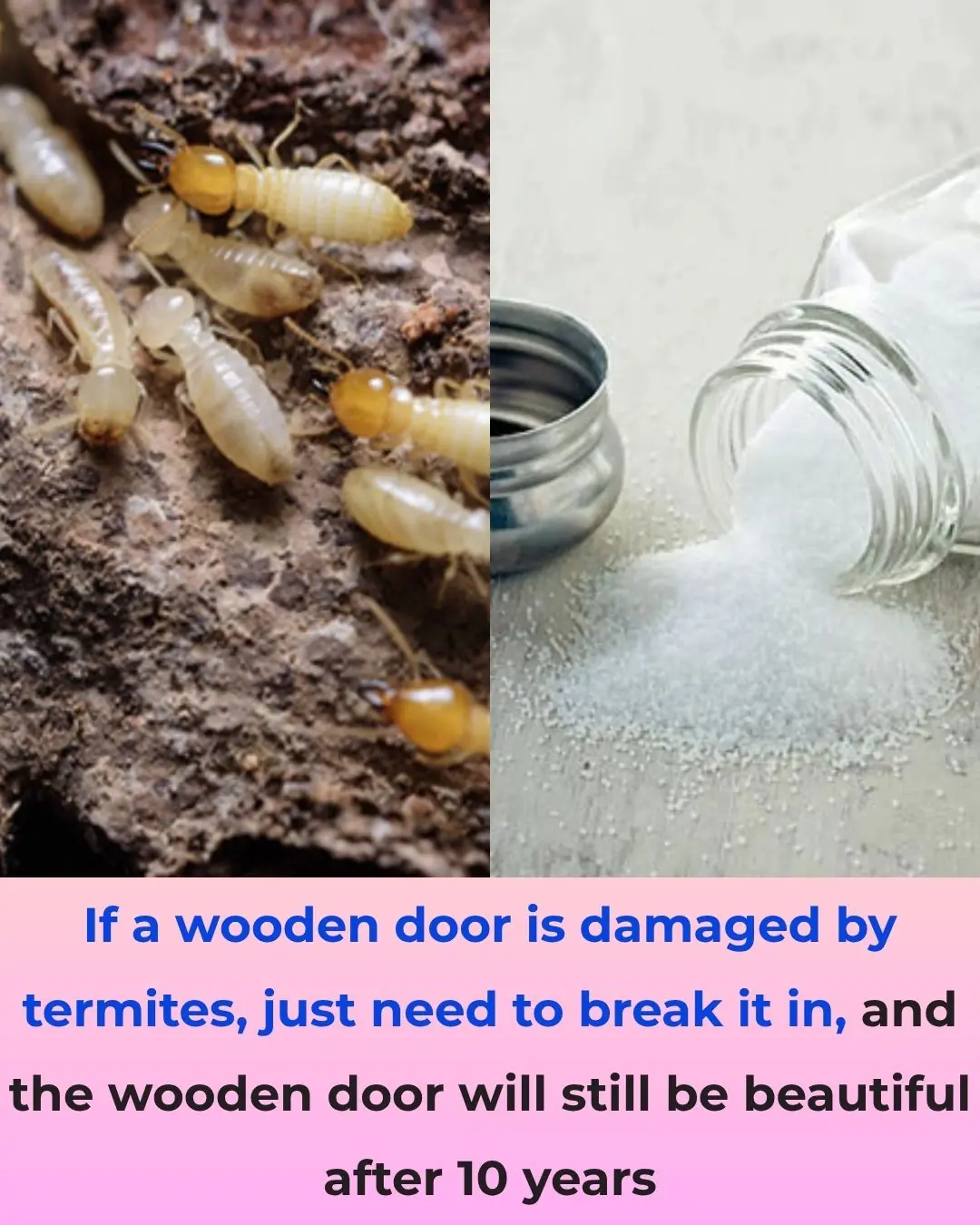
Want to eat ripe jackfruit, don't 'absorb' chemicals, go to the market and choose this way

How to Choose Naturally Ripened Jackfruit and Avoid Chemically Ripened Ones
Jackfruit is now available in markets all year round, not just during the summer as it used to be. This abundance, while convenient, also makes it harder for consumers to know how to choose fruits that are truly ripe on the tree and free from harmful chemicals.
If you love eating jackfruit but want to make sure it’s naturally ripened, here are some useful tips to help you tell the difference.
The Hidden Danger: Jackfruit Ripened with Chemicals in Less Than 24 Hours
Jackfruit is one of the most popular tropical fruits thanks to its sweet aroma, bright color, and rich flavor. However, it also ranks among the fruits most often artificially ripened with dangerous chemicals — substances that pose serious risks to consumer health and food safety.
In the past, traditional ripening methods involved leaving the fruit to mature naturally. Farmers would let the jackfruit ripen on the tree, or use safe techniques such as sun exposure, placing it near lime or ash, or waiting several days for it to ripen on its own.
Nowadays, in the rush to meet market demand and maximize profit, many traders use chemical agents to ripen jackfruit in less than a day. They inject or brush the fruit with chemical solutions that accelerate the ripening process, making the skin turn yellow faster and the fruit appear more appealing.
These substances — often imported illegally from other countries, including China — are hazardous. When injected into unripe fruits, they can alter the natural flavor, destroy nutrients, and leave toxic residues that can harm consumers over time.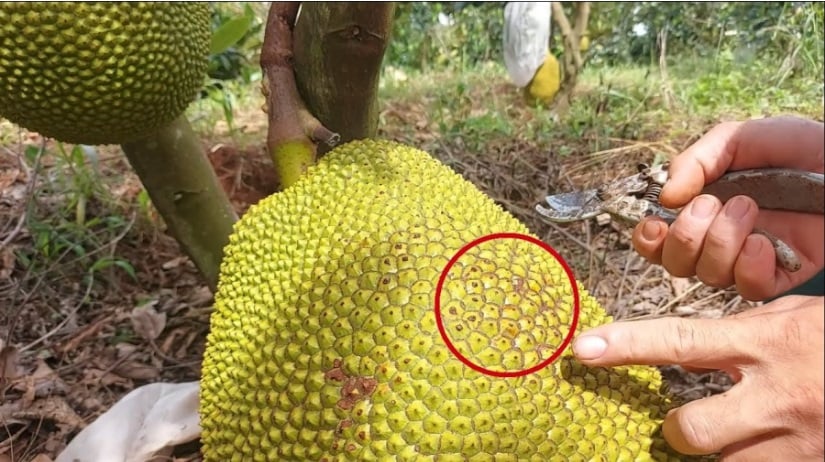
How to Choose Good and Naturally Ripened Jackfruit
1. Look at the Shape and Surface of the Fruit
Naturally ripened jackfruit usually has a slightly dull yellow skin and its spikes (or “thorns”) appear even and slightly soft. Choose fruits that have a consistent, round or oval shape without deep dents or uneven areas.
Fruits with sunken spots or uneven bulges often have internal problems — they might be worm-damaged, contain too many fibrous parts, or have dry, hard sections inside.
2. Check the Aroma
One of the easiest ways to identify naturally ripened jackfruit is by its fragrance. Ripe jackfruit emits a strong, sweet aroma that can be noticed from several meters away. If the fruit has little or no smell, it may have been chemically treated to ripen quickly.
3. Examine the Spikes (Gai)
Observe the spikes carefully: if they are wide apart, rounded at the tips, and the skin looks slightly yellow, the fruit is likely ripe and ready to eat. When you tap it, it should make a hollow “thud” sound.
In contrast, jackfruit that’s still green or chemically ripened tends to have sharp, closely spaced spikes. The surface feels hard to the touch, and tapping it produces a dull, solid sound instead of a light echo.
4. Look at the Sap (Latex)
When you cut open naturally ripened jackfruit, you’ll notice very little sticky sap. The sap is light yellowish or cream-colored and flows slowly.
However, if the fruit was forced to ripen with chemicals, the sap tends to be thick, milky white, and abundant — sometimes even dripping out as soon as the fruit is opened.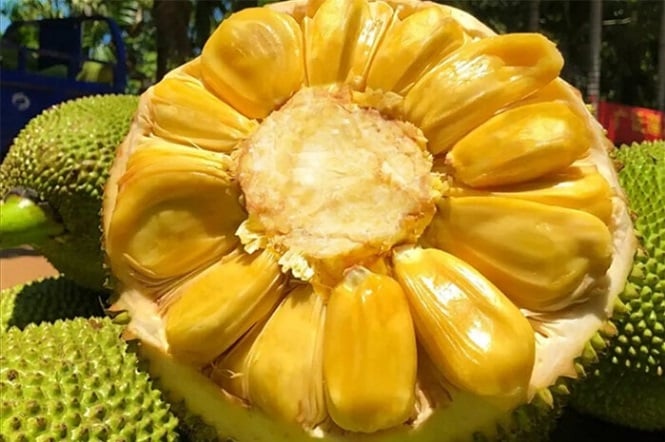
How to Tell Thai Jackfruit Apart from Vietnamese Jackfruit (Mit Nghe)
According to an expert from the Southern Fruit Research Institute, there are currently six to seven popular Thai jackfruit varieties grown in Vietnam. In appearance, Thai jackfruit is generally shorter and more rounded, while Vietnamese “mit nghe” tends to be longer in shape.
The outer color also differs slightly: Thai jackfruit is bright yellow, whereas Vietnamese varieties have a greenish-yellow skin. The flesh of both is golden, but in taste, Vietnamese jackfruit is often considered superior — it has a naturally sweet, slightly floral flavor, while Thai jackfruit tends to be sweeter but less aromatic.
Additional Tips for Buyers
-
Avoid fruits that look too perfect: If the color is uniformly bright and the smell is faint, it might have been treated with chemicals.
-
Buy from trusted vendors: Choose sellers who can tell you where the fruit was grown and when it was harvested.
-
Observe the stem: A natural jackfruit stem turns dry and brown as it ripens, while chemically ripened ones often have fresh-looking stems despite their yellow skin.
By paying attention to these small details, you can enjoy delicious, naturally ripened jackfruit safely — and protect your family from harmful substances hiding behind a seemingly perfect piece of fruit.
News in the same category


What you see reveals your personality

You’re doing it all wrong. Here’s the right way to store knives

You’re doing it all wrong. Here’s the right way to unclog your drain

10 cooking cleanup habits you’re doing wrong

Genius!

Need some assistance here
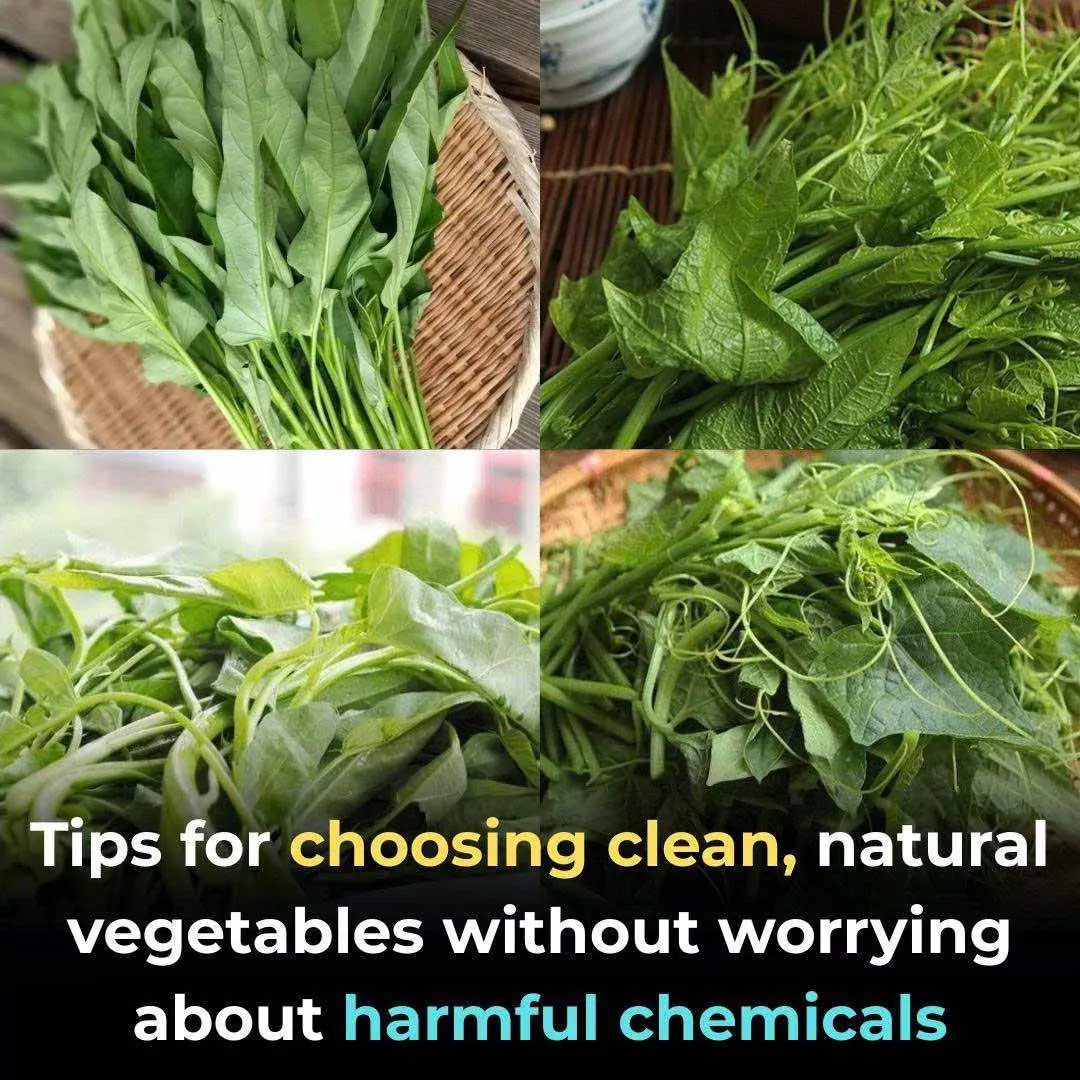
Tips for choosing clean, natural vegetables without worrying about harmful chemicals
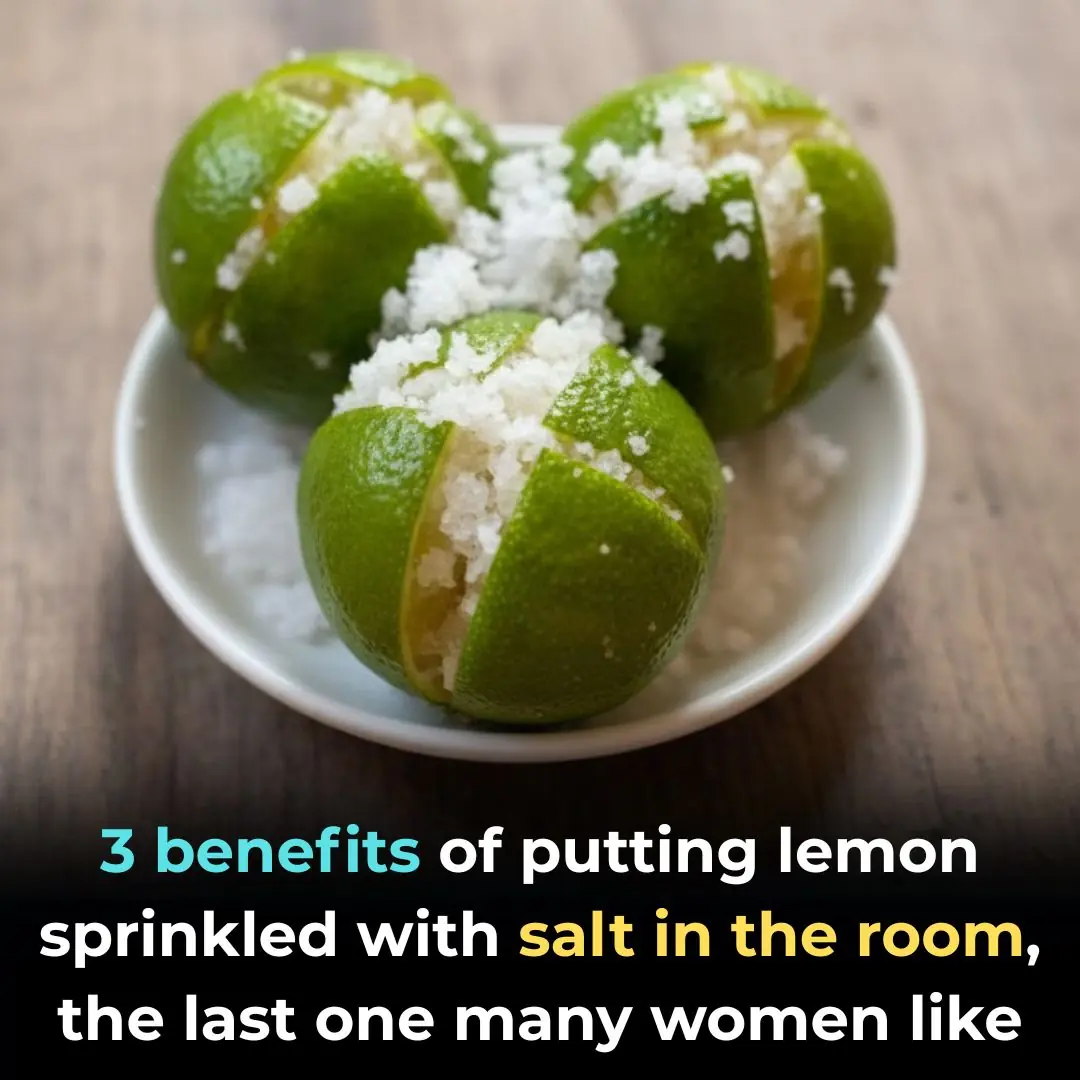
3 benefits of putting lemon sprinkled with salt in the room, the last one many women like
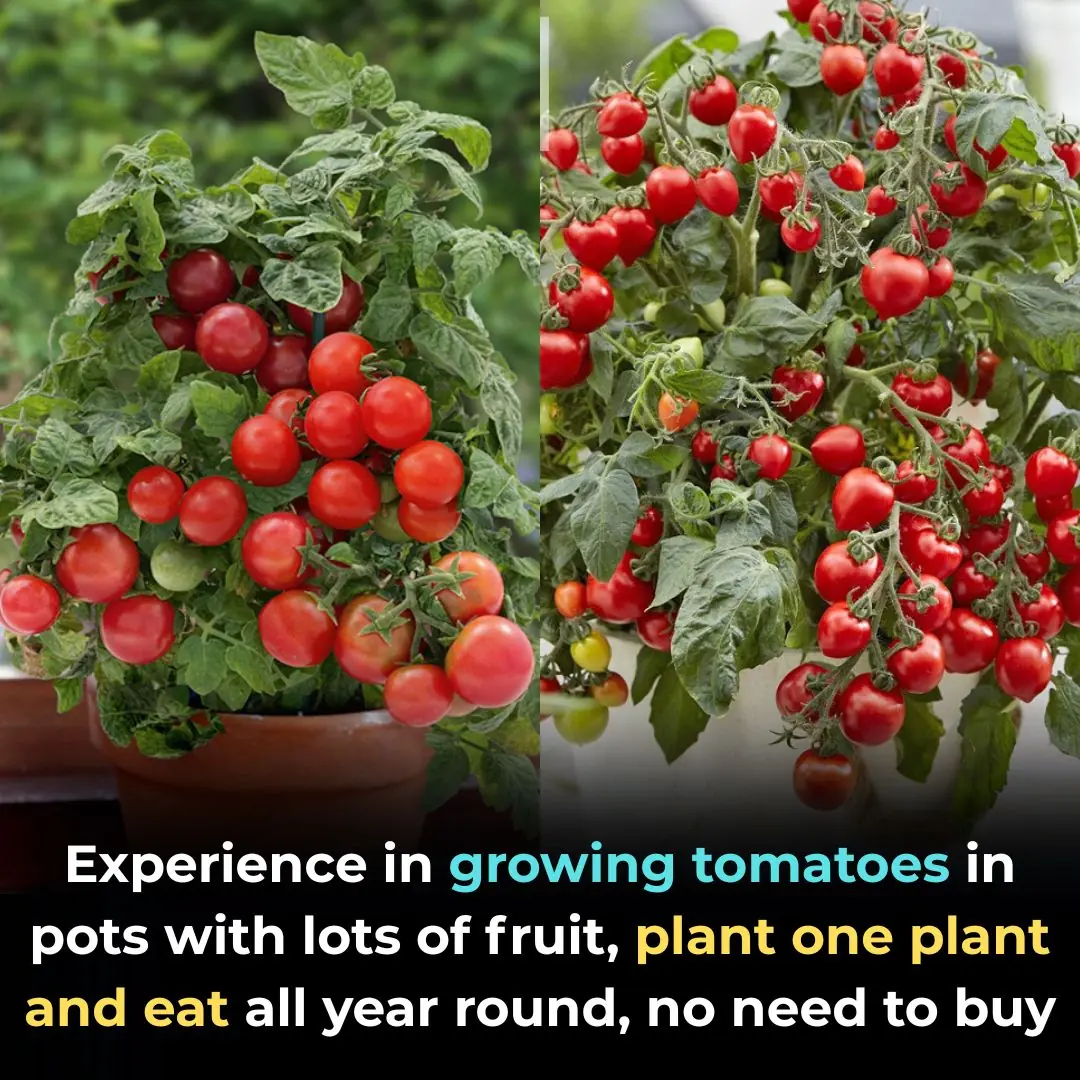
Experience in growing tomatoes in pots with lots of fruit, plant one plant and eat all year round, no need to buy

After boiling the chicken, do this step: The chicken will have golden brown, crispy skin, and will be delicious to eat.

Steamed Tam: Put this water in, the heart will turn red later, the meat will be firm and flavorful.

Clean the fan by removing the frame, use this machine and the fan will automatically remove all dirt in 5 minutes.
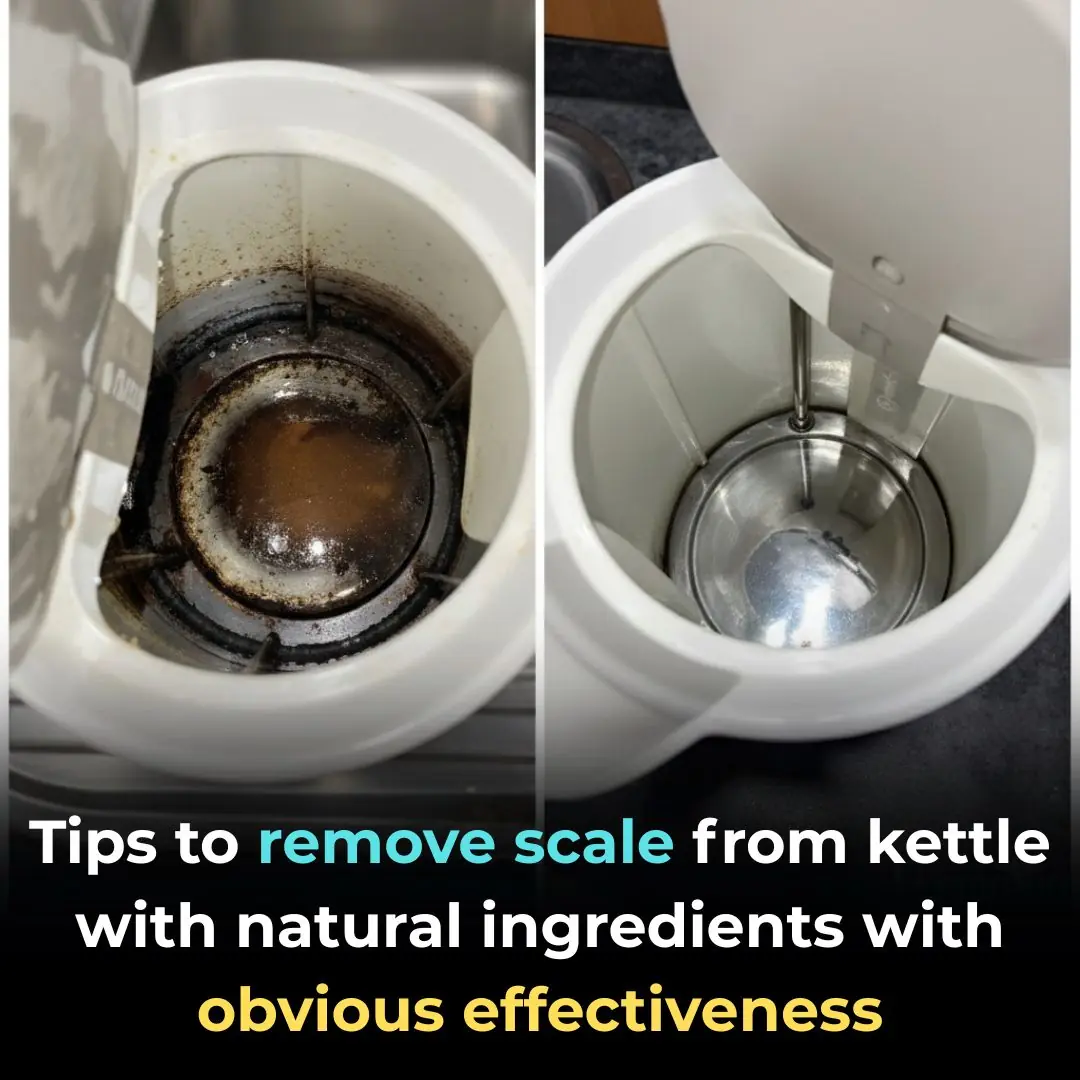
Tips to remove scale from kettle with natural ingredients with obvious effectiveness

How to Reduce Freckles for a More Even and Radiant Skin Tone

Don’t Throw Away the Handle of Your Used Cooking Oil Bottle — It Has Many Surprising Uses in Everyday Life

Pour essential oil into white vinegar, solve the biggest problem in the house, many people regret not knowing

Simple way to grow coriander without soil, after 10 days of harvesting your hands will be tired

Why do you rub a little vinegar on knives and forks before cutting or slicing? Now you know, don't want to do it differently.
News Post
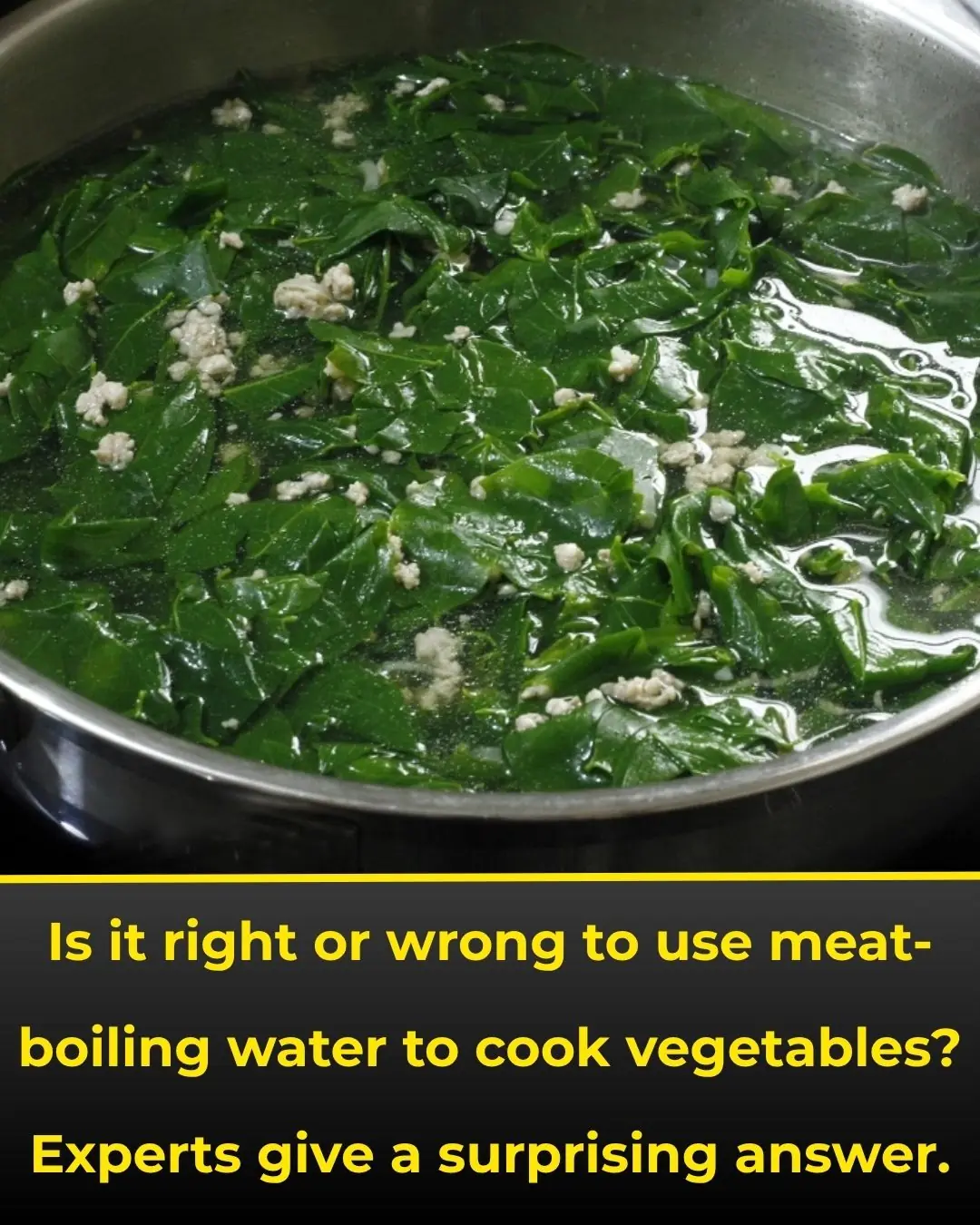
Is It Safe to Use Meat Broth for Cooking Vegetables? Nutrition Experts Give a Surprising Answer

8 Plants Snakes Hate: Grow These Around Your Home to Keep Them Away Naturally
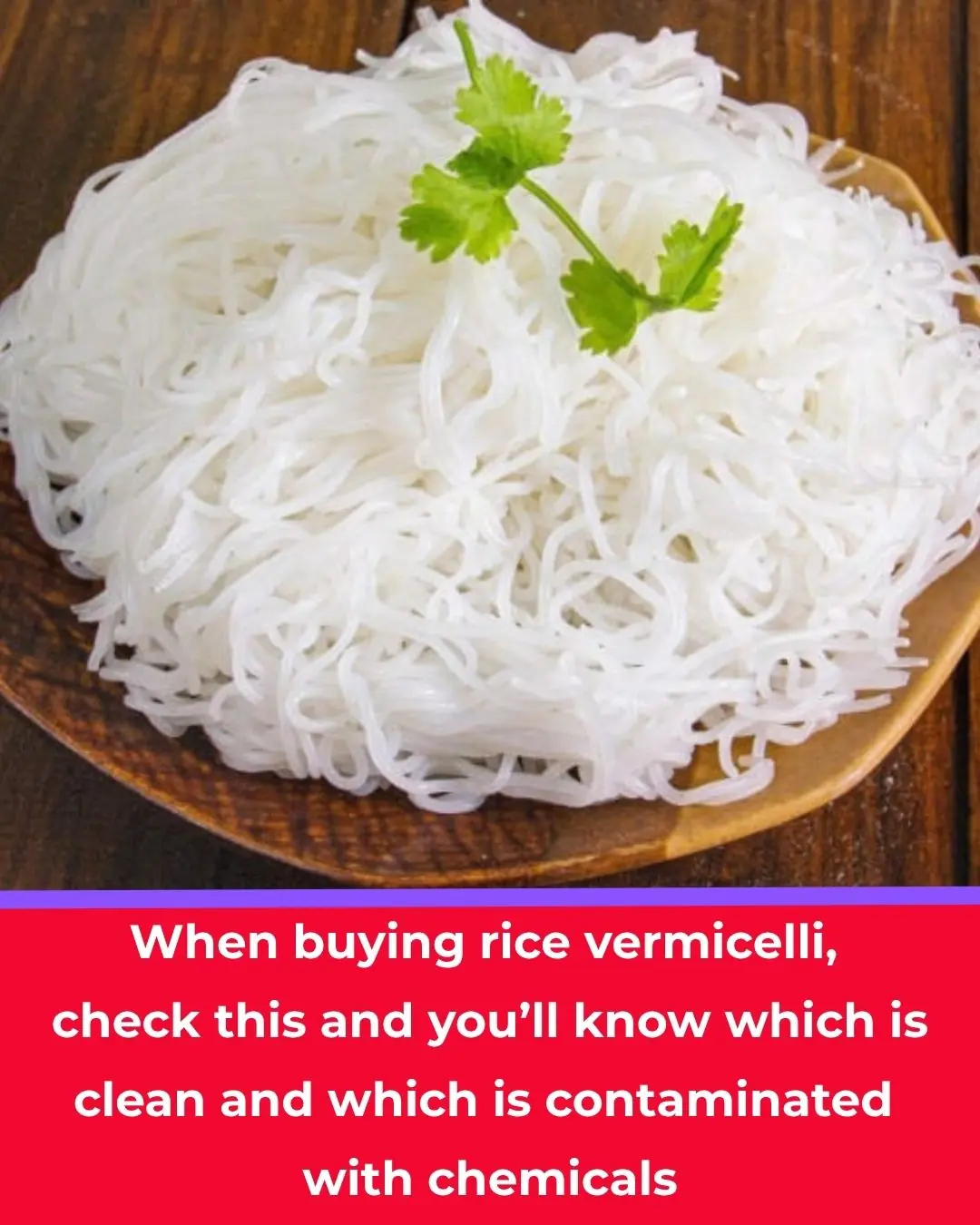
How to Tell If Your Rice Noodles Are Safe — The Simple Clue That Reveals Hidden Chemicals

The 3 Golden Times to Drink Green Tea — Boosting Both Health and Beauty

Get Rid of Termites in Wooden Doors Easily – Keep Your Wood Beautiful for 10 Years
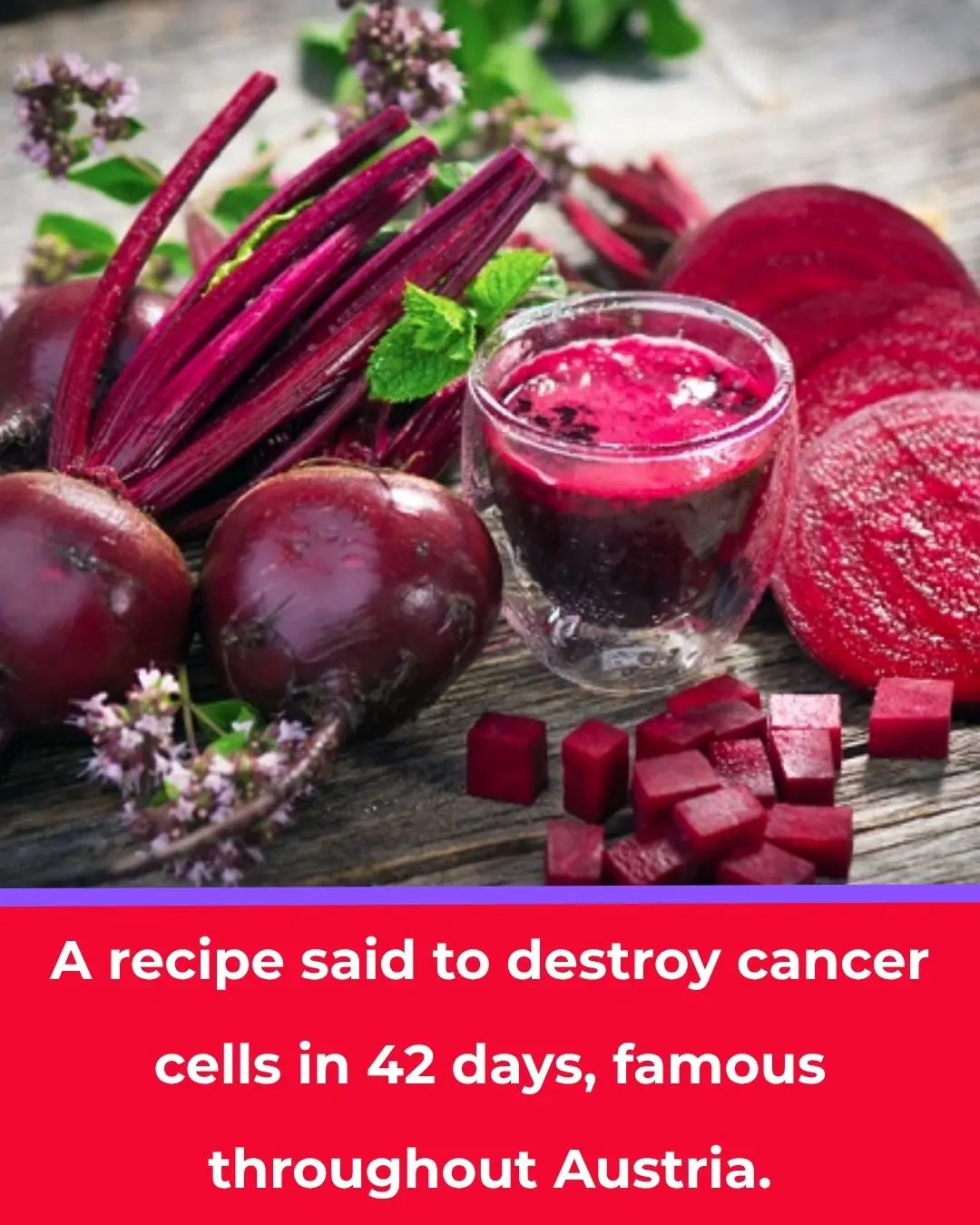
The Famous 42-Day “Breuss Juice” Diet from Austria: Origins, Recipe, and What Science Says

What you see reveals your personality
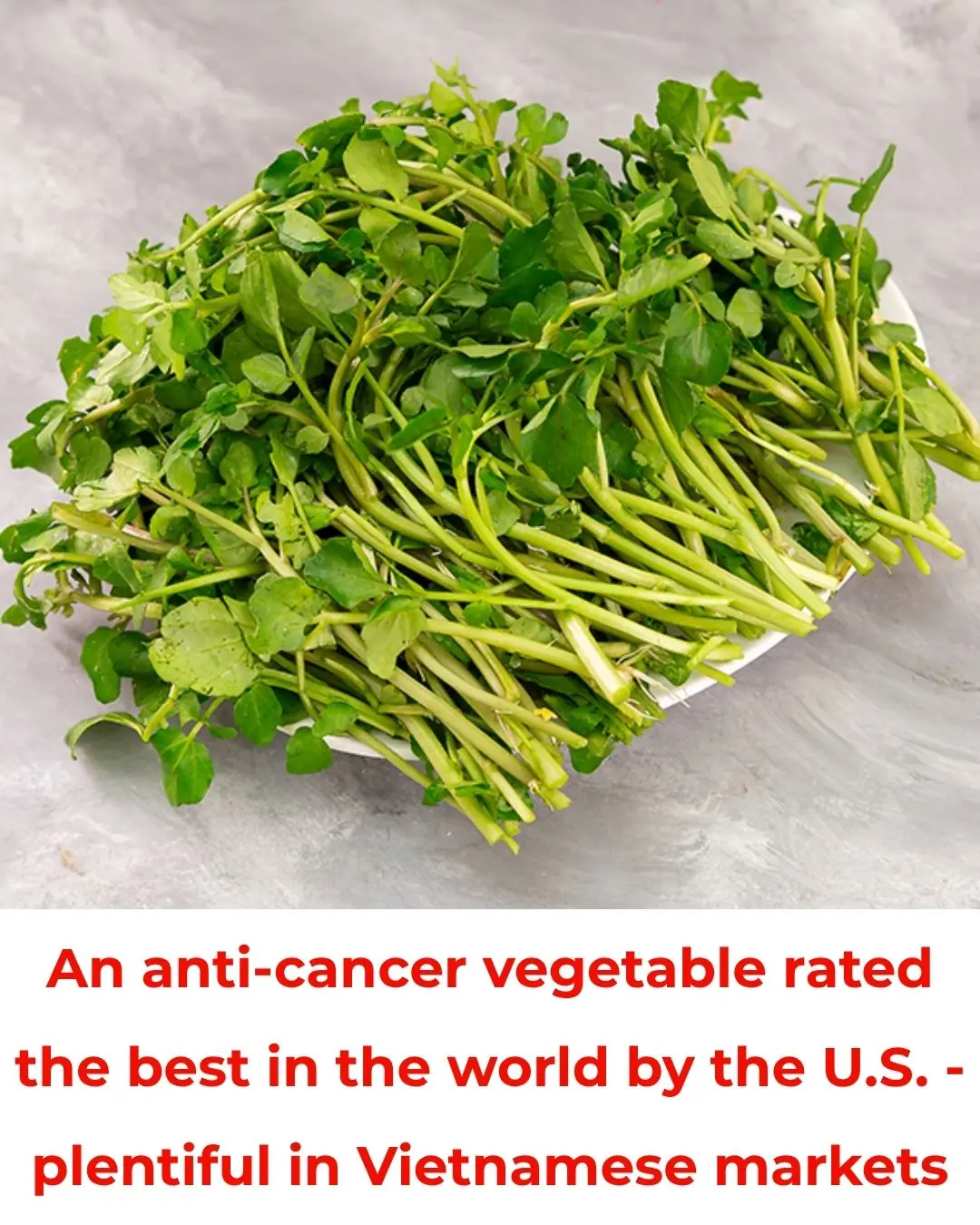
The World’s Healthiest Vegetable, Rated #1 by the U.S. CDC — and It’s Abundant in Vietnam

What Really Happens When You Drink Coffee Every Morning

What Happens When You Eat 3 Whole Eggs Every Day…You’ll Be Surprised What It Does To Your Body!
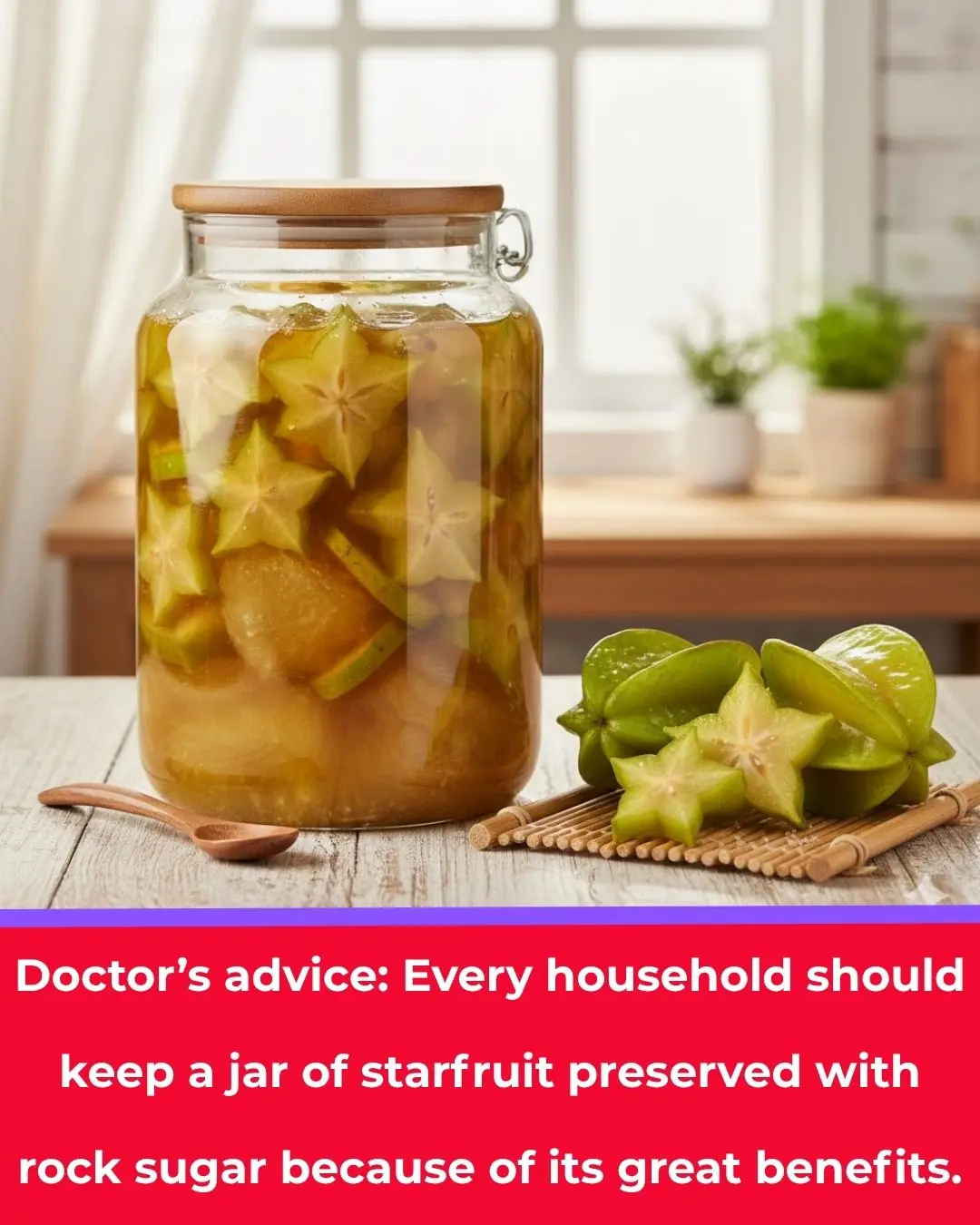
Why Your Neighbor’s Jar of Starfruit in Rock Sugar Might Be a Hidden Health Remedy
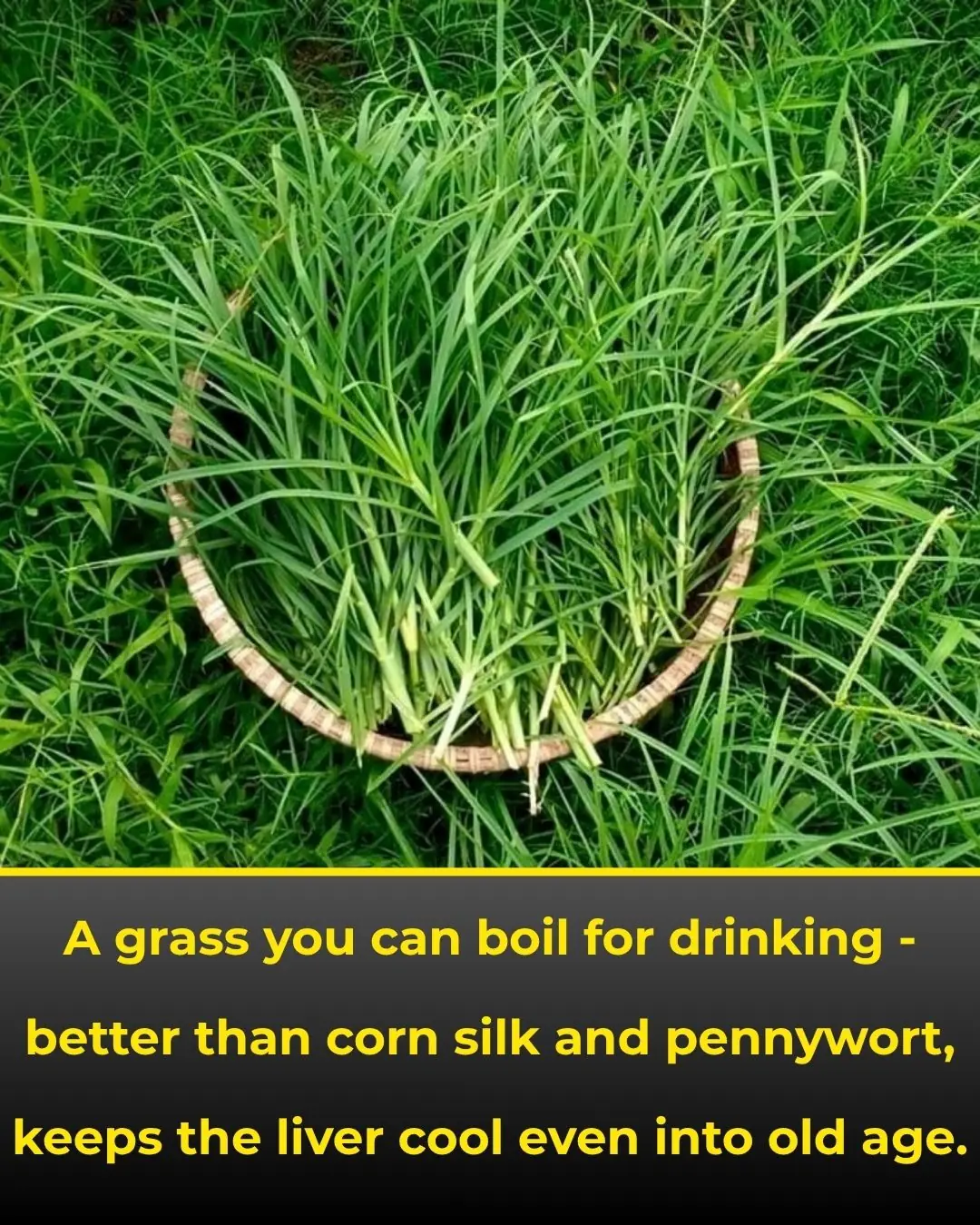
The Medicinal Properties of Eleusine indica (Goosegrass) in Traditional and Modern Medicine

This Is What Happens To Your Body The Day You Stop Eating Bread

‘This Man Can’t Do Nothing Right’: Jonathan Owens’ Steamy On-Field Video with Simone Biles Has the Internet Divided as Fans Rush to Their Defense

Serena Williams Becomes Part Owner of Canada’s First WNBA Team, Toronto Tempo

Meet The Woman Who Single-Handedly Preserved Over 30 Years Of TV History

14 Symptoms of Liver Damage You Need to Know

Ohio Couple Adopts Two Sets Of Twin Siblings Who Were Separated In The Foster Care System

You’re doing it all wrong. Here’s the right way to store knives
